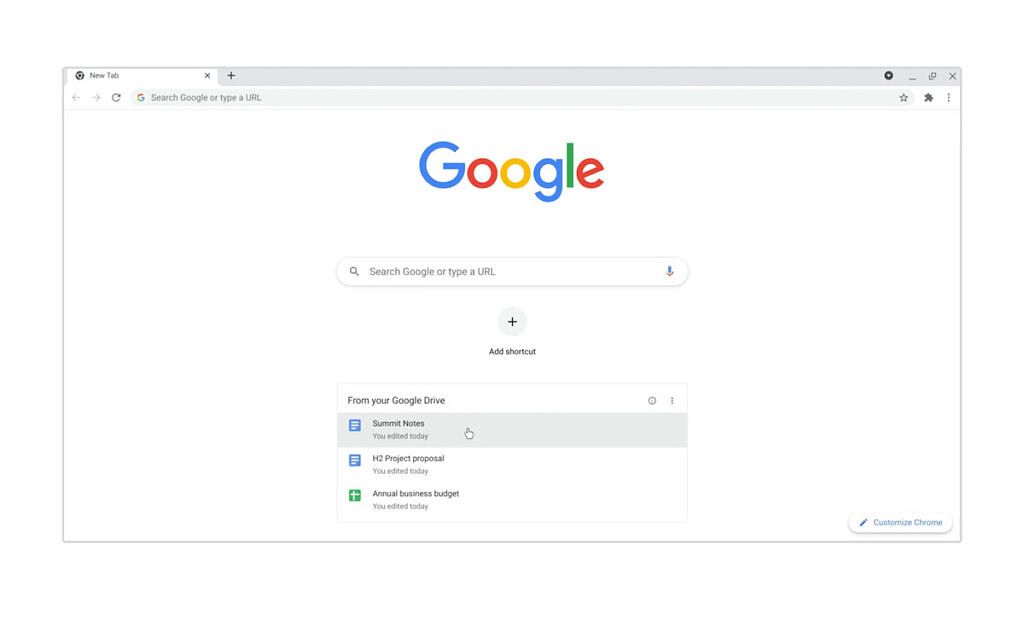Towards the end of July, Google rolled out Chrome 92 for desktop, Android, and iOS. The update introduced improved site safety controls to help you easily track website permissions and support for Chrome Actions. In addition, the update brought improved site isolation and phishing detection, along with Face ID/Touch ID support for incognito tabs on iOS. Google has now started rolling out Chrome 93 on the stable channel, and it brings a couple of minor changes.
According to 9to5Google, Chrome 93 brings a small change for the Recently Closed menu that lets you view all the sites in a recently closed collection and open them individually. You can try this feature by enabling the chrome://flags/#tab-restore-sub-menus flag.
The update also brings an experimental change that replaces the lock icon in front of URLs with an inverted chevron icon. As you can see in the attached GIF, you can click on this icon to see a website's security details. Before you can do that, though, you'll need to enable the chrome://flags/#page-info-version-2-desktop flag.
Additionally, Chrome 93 will now also show Google Drive documents on the New Tab page. The suggested documents will appear in a card underneath the search bar, allowing you to easily access recently edited Google Docs or Sheets. 9to5Google notes that this feature started rolling out with the previous release, but it should be more widely available with Chrome 93.
With Chrome 93, Google is also bringing WebOTP API support to the desktop version of the browser. This will let you copy one-time passwords sent over SMS from your phone to your PC. To do so, you'll have to sign in to the same Google account on both your desktop and phone. Then, you'll have to tap on the "Submit" button in the OTP text message notification, and Chrome will automatically transfer the password to your PC.
Along with the changes mentioned above, Google Chrome 93 has dropped Ubuntu 16.04 as standard support has ended. The iOS version of the browser now has a new, more compact context menu and a few account-related changes. On top of all that, the update brings several security fixes. You can read more about them by following this link.




